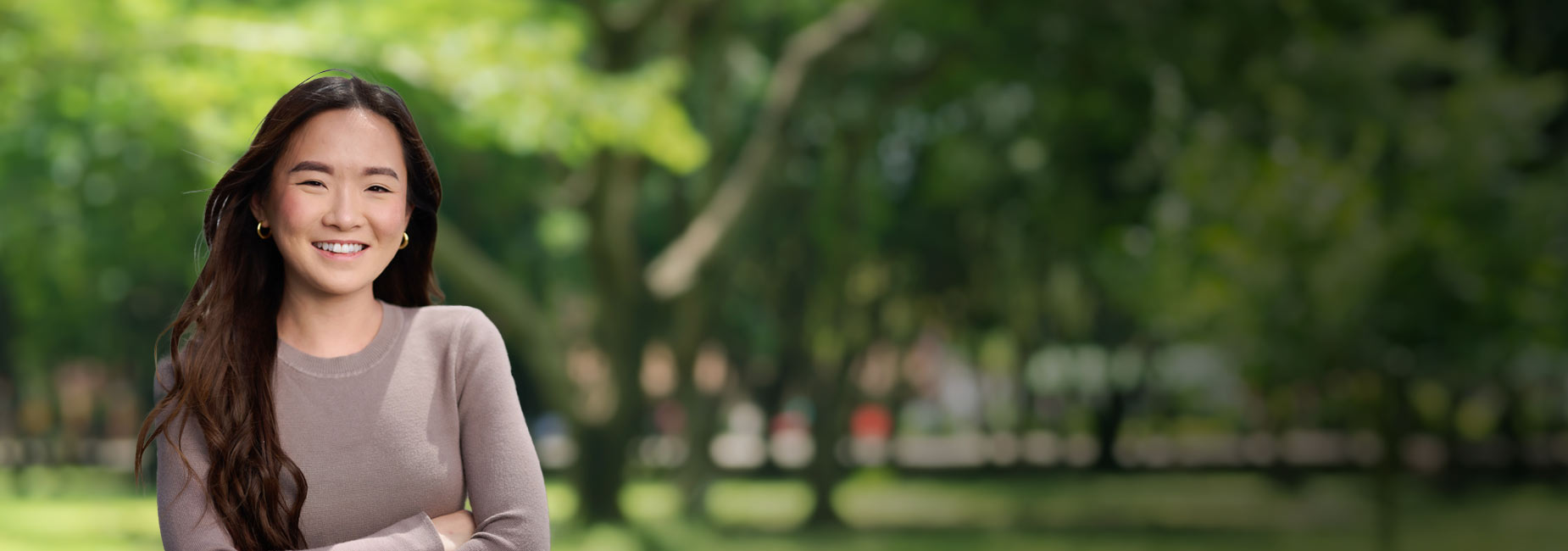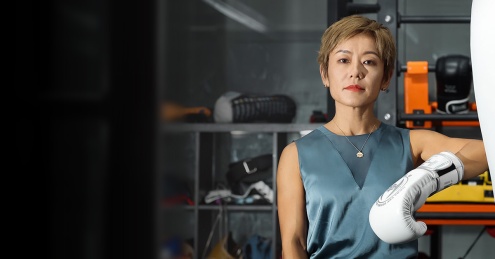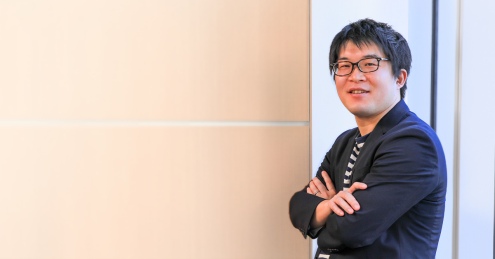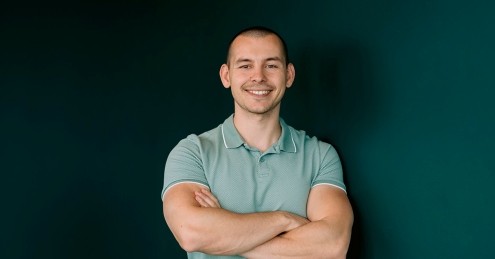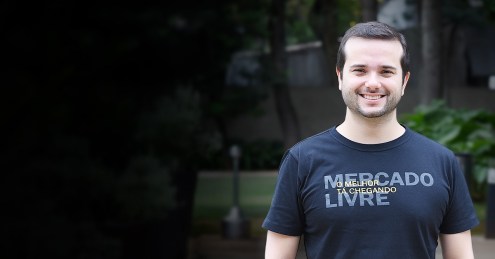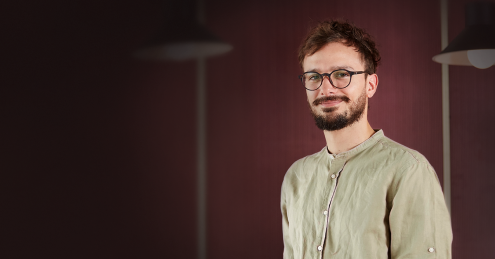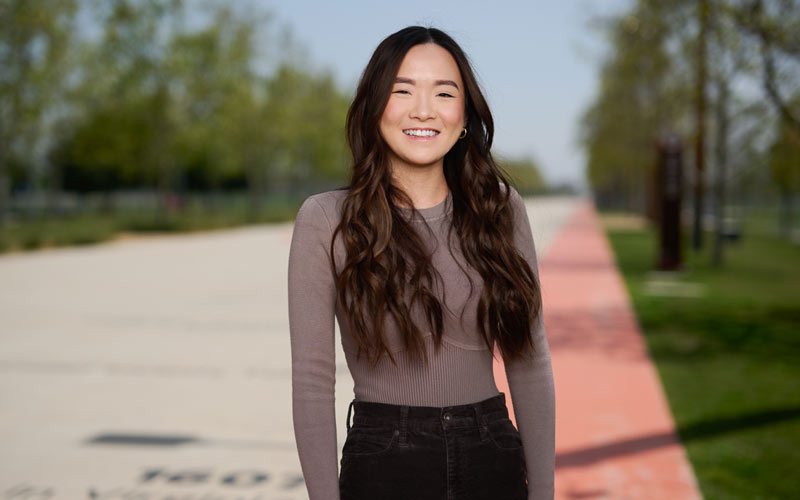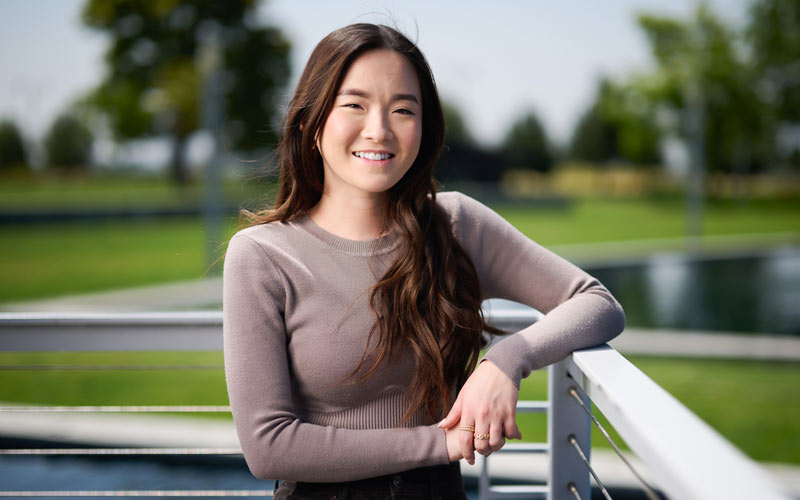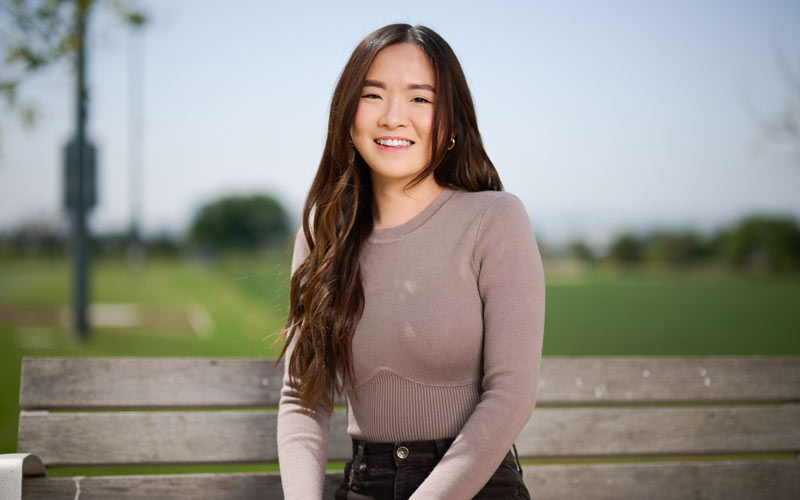Q&A with Jasmine
Meet Jasmine, the Growth Manager at Snap who's always looking for the next big thing in mobile app marketing! With her creativity and strategic mindset, Jasmine knows how to get more users for the app through paid advertising. She partners with digital ad experts to make campaigns more efficient and achieve Snap's performance goals. Jasmine also knows how to keep users coming back for more by developing engaging strategies for the app. She's a rockstar at driving growth for Snap's mobile app and is always ready to tackle the next challenge.
How would you describe Snapchat to someone who has never heard of the app?
Snapchat is a great app that empowers people. Our users use it to express themselves and capture the moment. They use it to learn about the world, have fun together, and communicate their thoughts.
Can you give a brief overview of what you do in your day-to-day at Snap?
I'm a growth manager at Snap. I wear a lot of hats and mainly work with paid user acquisition for mobile marketing. I've transitioned into working primarily with user acquisition after starting as a creative analyst. Now, I help onboard our digital ad partners and work with them to improve our campaigns, increase efficiency, and meet our CPA and other KPI goals.
Among your responsibilities at Snap, which one(or ones) excite(s) you most?
Right now, it's improving our creative. A lot goes into increasing installs and bettering retention rates, but it depends on how you connect with users through paid media. How do people experience the value of Snapchat—why is the app important to them as a user? Expressing this in creative, making that value prop resonate in your video assets, is exciting for me.
Mobile marketing is all about staying on the cutting edge. What are the three biggest trends that excite you most?
When it comes to creative, there’s a lot that’s not exactly net new, but that improves on the industry standard. Many people are using AR (augmented reality) in their portfolio or improving how they use organic or influencer content. This excites me because it makes the creative feel native and helps build a connection with the audience.
Another exciting trend is the move towards LTV. You can do this via predictive modeling for your user base or a propensity scoring model. We’re also seeing innovation in new optimization methods and how you value your users. This has great potential for the industry because you can dig deep into the types of users you want and isolate the qualities of longer-term users.
How would you describe Snap’s core UA and engagement strategy?
This isn’t unique to Snap, but we aim to balance volume and cost efficiency. For UA, it’s about acquiring users at the right cost and determining what cost is worth it for the company. We find markets with the right balance of cost per acquired user or CPI (cost per install) and LTV, tap into similar markets, and scale in the ones where we see the most cost-effectiveness.
We’re also looking at LTV and persona types for our power users—what they do within our app, are they Snapping more or chatting more, etc. We then apply that back to our UA strategy by identifying what users do within their first day or their first seven days.
To dive more into UA, what ad formats are part of your campaign mix? And how did you arrive at your particular mix?
Depending on the partner, we run the standard formats—video, image banners, text, etc. But we do see more value in running video ads. You typically only have 10 seconds to capture the attention of your potential new user, so having unique creative and selling your value prop and the right CTA is vital. Videos are also more incremental in our mix because they’re better at communicating what Snap is—video creatives can convey more nuance.
Beyond that, we’re just focused on constant optimization. For example, when I joined the team, we were trying to determine what new users—or users who have never heard of Snapchat—associate with the app. We realized that it’s a product feature—Lenses. So Lenses have been our primary use case for creatives. From there, it’s about determining which Lenses are particular to which market.
Constantly updating creatives on a regular cadence works best. We have a few viral or newly-launched Lenses that work well. Usually, it's not one trend or template that stands out. It's adding something new to your campaign or portfolio offering an added edge.
Let’s talk about creative testing. How often should you test—and how granular are your testing practices?
We test a lot. We try to test at least once a month, depending on our goals. When testing, we like to be granular with developing an assumption first. For example, our assumption could be that Lenses work, but using multiple Lenses within one creative could work better than using one.
From there, we develop a plan for testing. What markets are we running in? How long will we need to run the test to reach statistical significance? What platform works best for us?
We decide on the budget and our KPIs and then test the hypothesis. Once we have results, it’s easy to connect the dots.
Imagine that you’re just starting your career in mobile. What advice would you give yourself?
I would tell myself to base your plan on data. When I started, I assumed the coolest and most innovative creative would work the best. But that's not always the case when you look at your data. It comes down to what the CTA is, how long the asset is, and other quantifiable attributes that make a difference. Having attractive creative matters, but sometimes it's about being more simple and granular. You can’t overwhelm the audience with too much information. It’s really about highlighting one or two product features in a way that makes an impact.
Right, it’s about being more data-driven instead of purely focused on the creative element?
We used to have an internal team that worked on our assets. We switched to a creative agency recently, and everything is very performance-driven. Not that we're not willing to test new ideas, but it's more about finding a balance between the two. We use our data to inform what we do, but we're always willing to test a new idea from the creative team. If it doesn't work well, we chalk it up to a learning experience.
What are your top three go-to resources for keeping up with the mobile advertising industry?
I read a lot of different ad tech blogs. I get email reminders from them constantly, and I also stay up to date with the newsletters I have from our various ad partner platforms. I focus on staying connected with a niche partner or an MMP—seeing what new developments are coming out.
